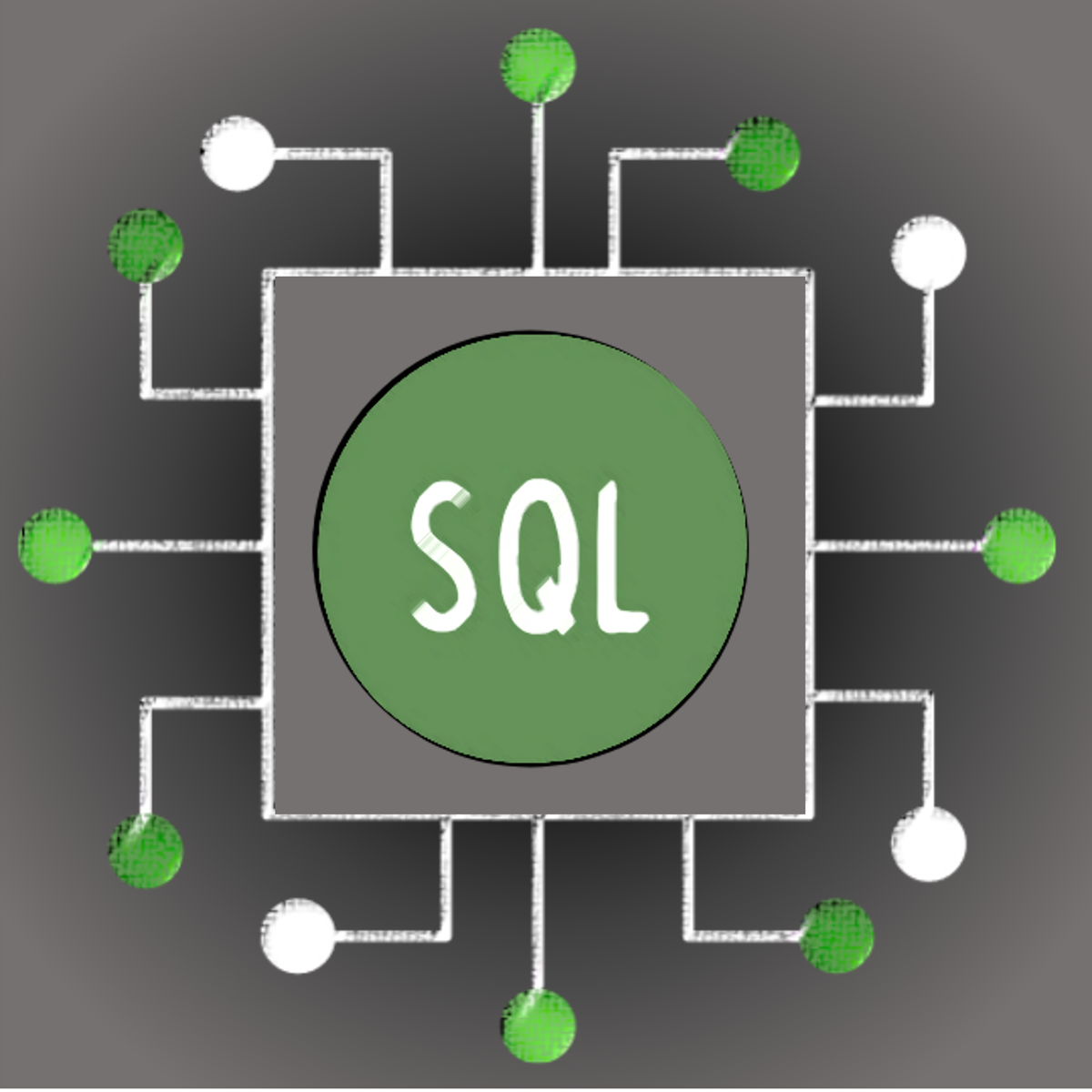Back to Courses









Data Science Courses - Page 112
Showing results 1111-1120 of 1407

Deploying Machine Learning Models
In this course we will learn about Recommender Systems (which we will study for the Capstone project), and also look at deployment issues for data products. By the end of this course, you should be able to implement a working recommender system (e.g. to predict ratings, or generate lists of related products), and you should understand the tools and techniques required to deploy such a working system on real-world, large-scale datasets.
This course is the final course in the Python Data Products for Predictive Analytics Specialization, building on the previous three courses (Basic Data Processing and Visualization, Design Thinking and Predictive Analytics for Data Products, and Meaningful Predictive Modeling). At each step in the specialization, you will gain hands-on experience in data manipulation and building your skills, eventually culminating in a capstone project encompassing all the concepts taught in the specialization.

AI Capstone Project with Deep Learning
In this capstone, learners will apply their deep learning knowledge and expertise to a real world challenge. They will use a library of their choice to develop and test a deep learning model. They will load and pre-process data for a real problem, build the model and validate it. Learners will then present a project report to demonstrate the validity of their model and their proficiency in the field of Deep Learning.
Learning Outcomes:
• determine what kind of deep learning method to use in which situation
• know how to build a deep learning model to solve a real problem
• master the process of creating a deep learning pipeline
• apply knowledge of deep learning to improve models using real data
• demonstrate ability to present and communicate outcomes of deep learning projects

طرح الأسئلة لاتخاذ قرارات قائمة على البيانات
هذه هي الدورة الثانية في شهادة تحليلات البيانات من Google. ستزودك هذه الدورات بالمهارات اللازمة للتقدم لوظائف محلل البيانات على المستوى التمهيدي. ستبنى على فهمك للموضوعات التي تم تقديمها في الدورة الأولى لشهادة تحليلات البيانات من Google. ستساعدك المواد على تعلم كيفية طرح أسئلة فعالة لاتخاذ قرارات قائمة على البيانات، مع التواصل لتلبية احتياجات الأطراف المعنية. سيستمر محللو بيانات Google الحاليون بإرشادك وتزويدك بالطرق العملية لإنجاز مهام محلل البيانات الشائعة باستخدام أفضل الأدوات والموارد.
سيتم تجهيز المتعلمين الذين يكملون برنامج الشهادة هذا للتقدم لوظائف المستوى التمهيدي كمحللين بيانات. لا تلزم خبرة سابقة.
بنهاية هذه الدورة، ستكون قادرًا على:
- التعرف على تقنيات طرح الأسئلة الفعالة التي يمكن أن تساعد في توجيه التحليل.
- اكتساب فهم لعملية اتخاذ القرار القائم على البيانات وكيف يقدم محللو البيانات النتائج.
- اكتشاف مجموعة متنوعة من سيناريوهات الأعمال في العالم الحقيقي لدعم فهم طرح الأسئلة واتخاذ القرار.
- اكتشاف كيف ولماذا تعد جداول البيانات أداة مهمة لمحللي البيانات.
- فحص الأفكار الرئيسية المرتبطة بالتفكير المنظم وكيف يمكن أن تساعد المحللين على فهم المشكلات بشكل أفضل ووضع الحلول.
- تعلم استراتيجيات لإدارة توقعات الأطراف المعنية أثناء إنشاء اتصال واضح مع فريق تحليل البيانات لتحقيق أهداف العمل.

Using the Natural Language API from Google Docs
This is a Google Cloud Self-Paced Lab. In this hands-on lab, you will use Apps Script to call the Natural Language API from Google Docs to analyze the sentiment of selected text in the document.

NetLogo's BehaviorSpace + RAWGraphs
In this project-based course, you will be introduced to and explore one of the most relevant features of NetLogo: BehaviorSpace. The context behind such a feature is that a model's true insights arise when it runs multiple times with different combinations of settings (parameter values). This approach, sometimes referred to as parameter sweeping, allows the researcher to observe a large range of behaviors that the system is capable of producing. And that is exactly what you will be doing.
In addition to that, you will analyze the results of your BehaviorSpace experiments with an open and entry-level (codeless) data analysis tool: RAWGraphs 2.0. With it, you will create many insightful data visualizations, which can all be brought together in a project's report.
Note: This course works best for learners who are based in the North America region. We’re currently working on providing the same experience in other regions.

Introduction to Parallel Programming with CUDA
This course will help prepare students for developing code that can process large amounts of data in parallel on Graphics Processing Units (GPUs). It will learn on how to implement software that can solve complex problems with the leading consumer to enterprise-grade GPUs available using Nvidia CUDA. They will focus on the hardware and software capabilities, including the use of 100s to 1000s of threads and various forms of memory.

Connecting Rasa Chatbot to External Platforms
In this 1-hour long project-based course, you will learn how to connect Rasa Chatbot to external platforms. We will first look at enable a encrypted connection (HTTPS) using a proxy server from Ngrok. We will then look at how to connect to Facebook Messenger using Facebook Developer Account. We will look at how to create custom buttons like quick replies and Carousel Cards for listing elements.
We will then move on to look at how to connect the chatbot to Telegram and how to customize buttons and add attachments to a response. Finally, we will also look like how to integrate the bot on the business communication platform Slack. By the end of the project, you will be able to connect your chatbot to external users on public platforms.
Note: This course works best for learners who are based in the North America region. We’re currently working on providing the same experience in other regions.

Introduction to Sentiment Analysis in R with quanteda
In this guided project, you will learn how to import textual data stored in raw text files into R, turn these files into a corpus (a collection of textual documents), and tokenize the text all using the R software package quanteda. You will then learn how to check for words with positive or negative sentiment within the text, and how to plot the proportion of use for these words over time, while stratifying by a third variable. You will also learn how to carry out a targeted sentiment analysis by looking for words with a positive or negative sentiment that are adjacent to relevant keywords or phrases, and how to compare the results of a targeted sentiment analysis with the results of a generic analysis.

Introduction to GIS Mapping
Get started learning about the fascinating and useful world of geographic information systems (GIS)! In this first course of the specialization GIS, Mapping, and Spatial Analysis, you'll learn about what a GIS is, how to get started with the software yourself, how things we find in the real world can be represented on a map, how we record locations using coordinates, and how we can make a two-dimensional map from a three-dimensional Earth. In the course project, you will create your own GIS data by tracing geographic features from a satellite image for a location and theme of your choice. This course will give you a strong foundation in mapping and GIS that will give you the understanding you need to start working with GIS, and to succeed in the other courses in this specialization.
This course is for anyone who wants to learn about mapping and GIS. You don't have to have any previous experience - just your curiosity! The course includes both practical software training and explanations of the concepts you need to know to make informed decisions as you start your journey to becoming a GIS analyst.
You will need a Windows computer with ArcGIS Desktop installed. (software is not provided)

Scripting with Python and SQL for Data Engineering
In this third course of the Python, Bash and SQL Essentials for Data Engineering Specialization, you will explore techniques to work effectively with Python and SQL. We will go through useful data structures in Python scripting and connect to databases like MySQL. Additionally, you will learn how to use a modern text editor to connect and run SQL queries against a real database, performing operations to load and extract data. Finally, you will use extracted data from websites using scraping techniques. These skills will allow you to work effectively when data is not readily available, or when spatial queries are required to extract useful information from databases.
Popular Internships and Jobs by Categories
Browse
© 2024 BoostGrad | All rights reserved


